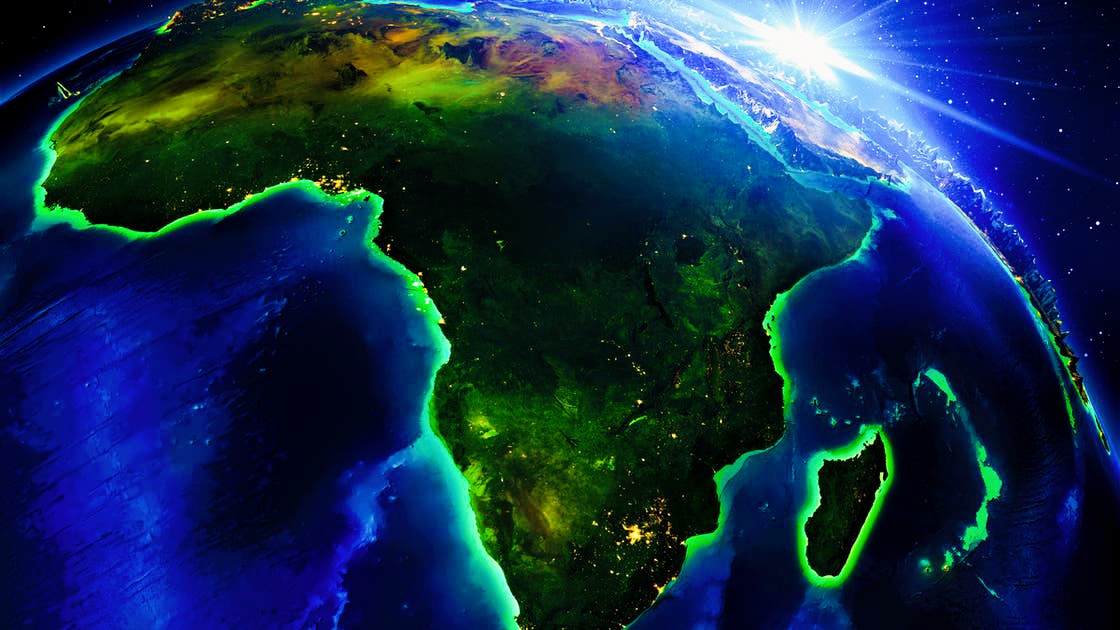In a scene reminiscent of science fiction, geologists have revealed a stunning phenomenon that could reshape the world as we know it. Africa has begun to split into two due to a giant crack extending from the northeast to the south, potentially leading to the birth of a new ocean and the separation of the eastern mass of the continent over millions of years to come.
According to the British newspaper "Daily Mail," a team of researchers from Swansea University in the UK has detected repeated pulses of molten rock rising from the depths of the Earth beneath the Afar region in Ethiopia.
Dr. Emma Watts, the lead researcher of the study, explained that these pulses are slowly tearing apart the Earth's crust due to the movement of tectonic plates, which could eventually lead to the continent's split.
The splitting process has already begun and is currently occurring at a rate ranging from 5 to 16 millimeters per year.
Despite the slow pace, scientists predict that the complete separation of the continent will take between 5 to 10 million years.
Upon completion of this division, two land masses will emerge; one in the west encompassing most current African countries such as Egypt, Algeria, Nigeria, Ghana, and Namibia, spanning slightly over 10 million square miles. The smaller eastern mass will include Somalia, Kenya, Tanzania, Mozambique, and a large part of Ethiopia, covering an area of around one million square miles.
Scientists focused their study on the Afar region, where three tectonic plates meet: the Main Ethiopian Rift, the Red Sea Rift, and the Gulf of Aden Rift, all of which are "divergent" plates, meaning they slide away from each other.
Researchers collected over 130 samples of volcanic rocks to analyze the crust's structure and the Earth's mantle, using advanced statistical data and models to understand how these geological forces interact.
The results showed that the Earth's mantle beneath the Afar region is not stable but pulsates with the movement of molten rocks, partially contributing to pushing the tectonic plates away from each other and enhancing the gradual cracking process.
Scientists suggest that the beginning of this division is located in the Gulf of Aden, the narrow waterway between Yemen and East Africa, where the tearing is currently appearing as a small rift gradually extending southward, resembling a tear in a piece of fabric.
Thus, Africa, as we know it today, may not remain the same, undergoing a massive geological transformation slowly reshaping its features over the coming ages.

